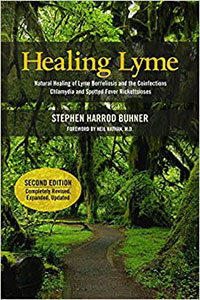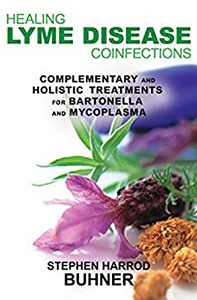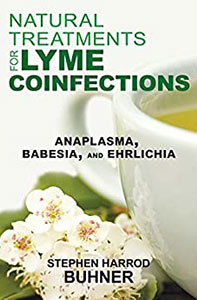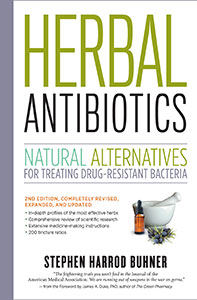Dear Stephen,
I was going to try Diflucan for systemic mold symptoms, and in my preparatory research, came across this interesting article
A New Approach to Chronic Lyme Disease by Jill Neimark that tells about Dr. Fritz Schardt’s use of Diflucan (fluconazole) to treat chronic, advanced lyme disease. He says that fluconazole inhibits the enzyme cytochrome P450 that our livers use to detoxify chemicals and drugs. He believes that diflucan inhibits the growth and replication of borrelia, which has a primitive P450 defense. It does not necessarily kill it. He also says it penetrates into the cells, nervous system and brain, where borrelia may hide. What are your feelings on using Diflucan for chronic lyme, and for that matter, to treat systemic mold? Do you know of herbal counterparts that might have the same actions—for mold and lyme—yet potentially safer for our livers (or would that counteract the P450 weakening effect)? Much thanks.
Eleven patients with neuro-borreliosis had been treated with 200 mg fluconazole daily for 25 days after an unsuccessful therapy with antibiotics. At the end of treatment eight patients had no borreliosis symptoms and remained free of relapse in a follow-up examination one year later. In the remaining four patients, symptoms were considerably improved. At the end of therapy immune reactivity (IgM+) disappeared in three patients. Since borrelia spp. are almost exclusively localised intracellular, they may depend on certain metabolites of their eucaryotic host cell. Inhibition of P450 and other cytochromes by fluconazole may incapacitate Borrelia upon longterm exposure.
The study is a small one and is difficult to extrapolate from, however it is promising and I would certainly consider the use of fluconazole for lyme. Certainly the use of the pharmaceutical for 25 days (and perhaps 50 as is now being suggested) is worth it with long term chronic lyme that has not responded to antibiotics.
As to herbal counterparts: The exact actions of fluconazole in the treatment of lyme are unknown; there is more involved than simply inhibiting the enzyme cytochrome P450 that our livers use to detoxify chemicals and drugs. There is a specific kind of inhibition of specific aspects of that system. As yet, I have not done any research on those exact pathways and what herbs would do the same thing, so I cannot give an informed answer on it at this point in time.
I have used herbs for long term candida infections with good success. Primarily I have found the use of desert willow and chaparro amargosa tinctures in combination the best thing for it. The combination is formed of equal parts of each tincture blended together, 1 tsp, 3x daily.
Stephen
-
Stephen Harrod Buhner was an Earth poet and an award-winning author of twenty-four books on nature, indigenous cultures, the environment, and herbal medicine including the acclaimed book Healing Lyme: Natural Healing & Prevention of Lyme Borreliosis & Its Co-infections.
Stephen came from a long line of healers including Leroy Burney, Surgeon General of the United States under Eisenhower and Kennedy, and Elizabeth Lusterheide, a midwife and herbalist who worked in rural Indiana in the early nineteenth century. The greatest influence on his work, however, was his great-grandfather C.G. Harrod who primarily used botanical medicines, also in rural Indiana, when he began his work as a physician in 1911.
Stephen’s work has appeared or been profiled in publications throughout North America and Europe including Common Boundary, Apotheosis, Shaman’s Drum, The New York Times, CNN, and Good Morning America. Stephen lectured yearly throughout the United States on herbal medicine, the sacredness of plants, the intelligence of Nature, and the states of mind necessary for successful habitation of Earth.
He was a tireless advocate for the reincorporation of the exploratory artist, independent scholar, amateur naturalist, and citizen scientist in American society – especially as a counterweight to the influence of corporate science and technology.
View all posts













0 Comments
Trackbacks/Pingbacks